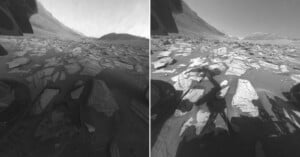
Curiosity Captures a Day on Mars
NASA's Curiosity Mars rover is putting a cap on 2023 with a pair of new GIFs that show the Martian landscape over 12 hours from sunrise to sunset.

NASA's Curiosity Mars rover is putting a cap on 2023 with a pair of new GIFs that show the Martian landscape over 12 hours from sunrise to sunset.
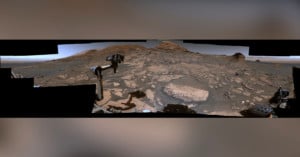
NASA's Curiosity Mars rover has captured a new 360-degree panorama that reveals the diverse terrain of Mount Sharp, a crucial part of the planet that plays an integral role in helping scientists study the region and learn more about its history.
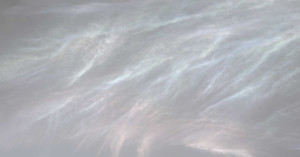
The thin atmosphere of Mars makes the appearance of clouds a rare sight, though they can form around the planet's equator in the coldest time of the year. Last year, NASA noticed that some clouds were forming earlier than expected, and were ready this year to document them when they formed again.
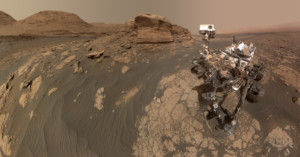
While NASA's Mars Perseverance Rover has been grabbing headlines lately, its Curiosity rover has been on the Red Planet since 2012 and just sent back a gigantic 318-megapixel selfie that depicts it in front of Mont Mercou, a rock outcropping on the surface of Mars.
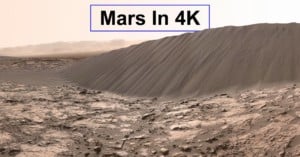
The folks over at ElderFox Documentaries have put together a "world's first." Using ultra-high resolution photo mosaics captured by NASA's various Mars Rovers over the years, they've created a 4K UHD 'tour' of the Martian landscape.
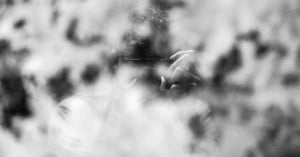
You have found your style when you can’t do anything else. It’s your default, your normal, your nature. Style comes when imitation and influence perish. It's something that becomes one... you, yours. Defining your style or finding your style is a life’s journey.
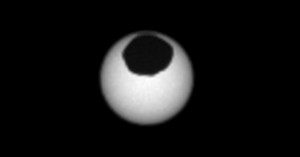
Photographers have captured many awe-inspiring photos of solar eclipses in recent years. But Earth isn't the only planet photos are being shot from: NASA's Curiosity rover has captured some beautiful solar eclipse photos over the past few weeks from the surface of Mars.
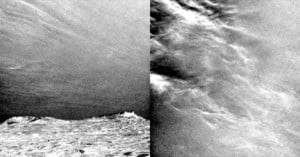
NASA's Curiosity rover has captured a series of photos showing what clouds look like as they float across the sky on Mars. The photos are the clearest images of clouds seen so far by Curiosity since the rover arrived on Mars 5 years ago.
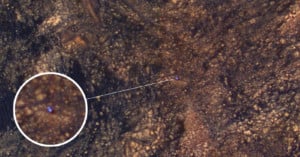
Trundling along the rocky terrain of lower Mount Sharp, the lonely Curiosity rover was recently photographed from space by NASA’s Mars Reconnaissance Orbiter using the most powerful telescope ever sent to Mars.
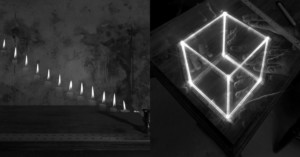
Artist Caleb Charland has made a name for himself in the world of photography with his creative photos inspired by scientific curiosity. In the 6.5-minute video above, Charland discusses how he illuminates the natural world through photos and how he's inspired by the world of early experimental photographers.
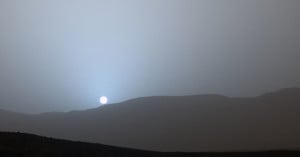
This NASA photo roughly shows what a sunset on Mars would look like to our eyes if we were standing there to witness it. The agency released this true color image after earlier sharing a black-and-white version that was captured by the Curiosity rover in the middle of April 2015.
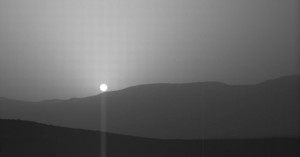
NASA’s Curiosity rover on Mars recently captured this surprisingly artistic photograph of a Martian sunset. Mountains in the horizon …
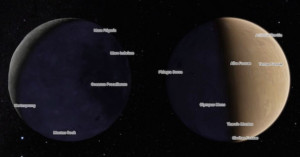
In honor of the Mars Curiosity Rover celebrating its second year on the martian surface, Google has released an incredible little resource into Google Maps. Now, you will be able to more thoroughly explore the surface of the moon and Mars than has ever been capable before. All from the confines of your seat.
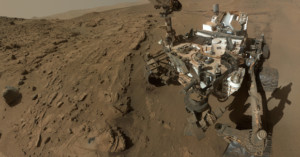
Last Tuesday, on June 24th, NASA's Mars Curiosity Rover marked the one Martian year anniversary since it touched down on the red planet and began exploring. And what better way to commemorate this occasion when you're alone some 57+ million miles away home than by taking a selfie?
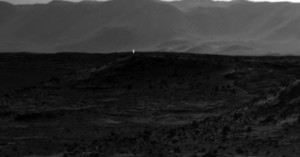
Take a look at the photo above. It was taken recently by the Mars Curiosity Rover and contains a 'light' in the top left that has caused such a fuss NASA actually had to come out and clarify that it wasn't, in fact, anything of consequence.
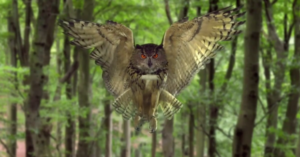
The intersection of Science, Technology and Art, at least according to renowned filmmaker and time-lapse photographer Louie Schwartzberg, is curiosity and wonder. And in the TED talk above, he makes the case for how few things pique that curiosity and inspire that wonder like the "hidden miracles of the natural world" that time-lapse, slow motion and microscopic imagery reveal.
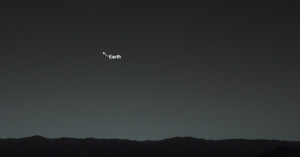
Someday, when the first humans walk on Mars -- after they've taken a commemorative "one small step for man" selfie, of course -- they will turn their iPhone 27's back towards Earth and snap a photo of their home planet that might look something like the image above.
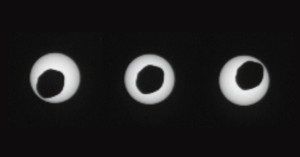
We've shared some amazing eclipse photos taken from Earth, we've even shared some amazing eclipse photos taken of Earth, but today marks the first time we've ever had the chance to share eclipse photos taken from the surface of a different planet.
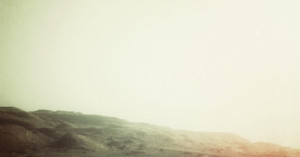
What would we think the surface of Mars looks like if NASA had equipped the Curiosity rover with a smartphone loaded with Instagram or Hipstamatic instead of the advanced scientific cameras they chose? Greek photo enthusiast Nikos Kantarakias decided to find out.
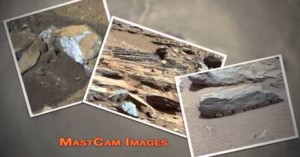
The Curiosity Rover has been trekking the surface of Mars since late last year, and so far, there has been no shortage of great imagery.
But what gear is behind those intriguing images we see so frequently? NASA JPL has put together a short video on the camera equipment on board the Curiosity rover.
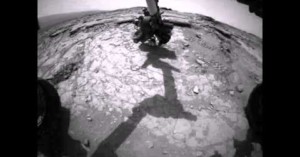
NASA's Mars Curiosity Rover has sent down a constant stream of images from the Red Planet. Ever since it landed on August 8th, 2012, it's spent every spare moment snapping selfies, panoramas and surveillance footage, and sending it back home from between 33.9 and 250 million miles away (depending on the relative positions of Mars and Earth).
The majority of Curiosity's photos that get picked up by the press are taken by the Mars Hand Lens Imager and Mastcam, but Curiosity is actually taking pictures each and every day. Equipped with Front Avoidance Hazard Cameras or "Hazcams," the rover has been snapping black-and-white images ever since it landed, and one YouTuber has decided to stitch all of those images into a time-lapse.
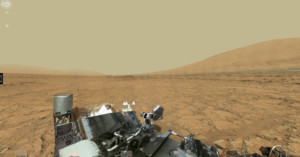
For a while now we've been sharing photos beamed home by NASA's rovers on Mars. From panoramas by the old timer Opportunity to selfies by the new kid Curiosity, we're starting to see more and more of the Red Planet many millions of miles away. Andrew Bodrov, however, has taken it to the next level.
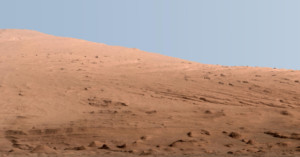
The latest panorama sent down by NASA's Mars Curiosity Rover is unique in more ways than one. Not only is it a panorama taken on another planet (still blows our minds), it's also been subjected to some post production. The photo -- a piece of which is seen above -- has actually had its white balance modified by NASA to make it look more like it was taken on Earth.
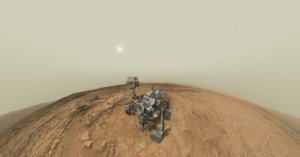
When the Mars Rover Opportunity was nearing its 9th year in the Martian sun, we shared a beautiful panoramic landscape shot of the red planet taken by the aging rover. It makes sense then that Curiosity would eventually send down a panorama of its own. But just like you would expect from a younger generation of rover, it couldn't help but make the pano a selfie.
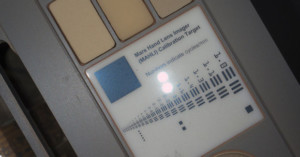
NASA's Curiosity rover quietly accomplished another photographic first today. This time it was the first nighttime photographs captured on the surface of the Red Planet.
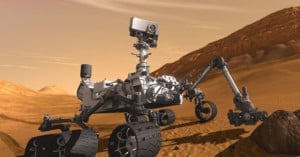
We’ve written a number of posts regarding the NASA Curiosity rover’s photography on Mars, but have you …
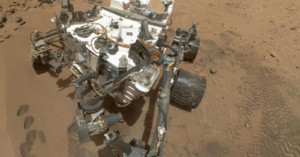
Facebook users here on Earth aren't the only ones shooting arm's-length self-portraits: NASA's Curiosity rover over on Mars is doing it as well! Curiosity captured the image above a couple of days ago using its Mars Hand Lens Imager (MAHLI), which is attached to an extendable robotic arm. The image is actually a composite of 55 separate photos shot using the 2-megapixel RGB color CCD camera.
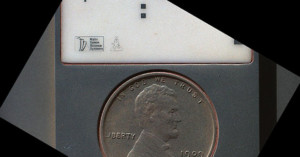
Did you know that there's US currency on Mars? It's true: when NASA's Curiosity rover was launched back on November 26, 2011, one of the things it carried with it was a penny from over a century ago. The 1909 Lincoln cent is part of the rover's onboard calibration target used to check that the cameras are working properly.
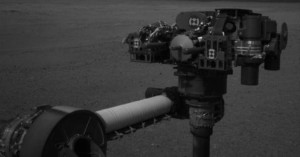
Earlier this month, when we were exploring why the NASA Curiosity rover’s cameras are so lame, we …
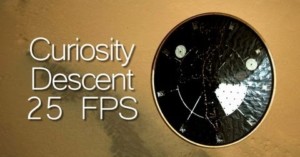
NASA's Curiosity Rover snapped photographs at 5 frames per second as it descended onto the face of Mars a few weeks ago. The footage that results when the images are combined into a 15 frame per second HD video is pretty amazing, but apparently not amazing enough for a YouTube user named hahahaspam. He spent four straight days taking the 5 fps footage and interpolating it to 25 frames per second. This means that instead of a video showing the choppy landing at 3 times the actual speed, his video shows the landing smoothly and in real time!